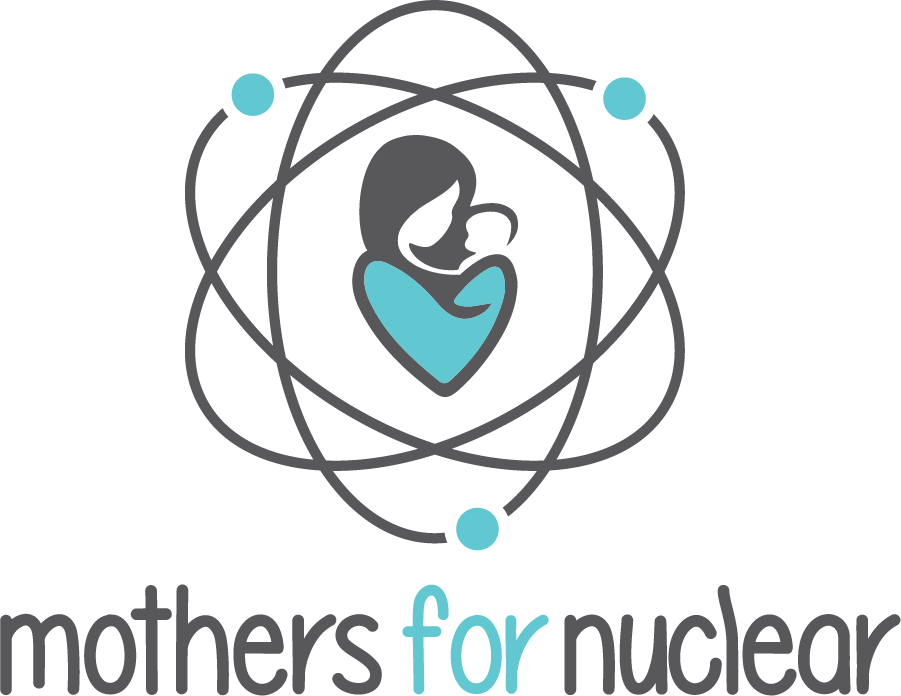Jean Nelson
Jean Nelson, nuclear medicine technologist:
Our family was a museum family. On vacations, we visited many wonderful museums around the country. When we visited the TVA museum in Tennessee as a child, my father wouldn’t allow us to take home an irradiated dime or put our feet in the X-ray machine. My dad had a medical background and didn’t think this exposure to radiation was a great idea. But even without a souvenir, I left thinking nuclear is cool!
I came from a family of medical professionals— my grandma was a nurse since the 1920s, and my dad was a hospital administrator. So when it came time for college, I knew I wanted to follow in their footsteps. While finding my path, my counselor suggested I look into this new program: radiological technology. After shadowing a student in Indiana University’s Nuclear Medicine Technology Program, I was hooked. This was the beginning of my 43-year career in nuclear medicine.
For those not familiar, nuclear medicine is a specialized area of diagnostic radiology that uses small amounts of radioactive materials, or “radiopharmaceuticals,” to examine organ function and produce physiological imaging of the body.
Some common procedures are a nuclear stress test on the heart; bone scans to look for disease, infections, and fractures; kidney scans for function and structure; gastric emptying scans; and gallbladder scans, commonly known as HIDA scans. We have various brain scans to assess function and even brain death, where a flow study image can indicate brain life due to a lack of active blood flow. These tests can provide vital information to families who might be struggling with life-or-death decisions regarding their loved ones. We also have a growing number of new radiotracers for different cancers and targeted therapies.
After three years of pre-med undergraduate education, I transitioned into the Nuclear Medicine degree program, where I learned all about imaging equipment and radiopharmaceutical dosages and procedures. We also had classes in radiation safety, radiobiology, NRC regulations, and handling waste. During my clinical training, the Three Mile Island accident happened, and it seemed like lots of people were panicking. Consistent with my training, I looked for the facts about the event and radiation. As Marie Curie said, “Nothing in this life is to be fear, it is only to be understood.”
Because of Three Mile Island, when I told people I was in the nuclear medicine program, many responded with fear. However, when listing the specific medical diagnostic exams and therapies we did, I found that this medical terminology did not invoke the same fear as the events at the nuclear plant.
After completing my degree in 1980, I moved to Oklahoma City. After a few months at a community hospital, I moved on to a teaching hospital where we developed new protocols, beta-tested new equipment and computer software, and carried out Phase 2 trials on new radiopharmaceuticals while providing education for physicians on these new tests and procedures. We also trained students in the University of Oklahoma Nuclear Medicine Technologist Program with clinical hands-on experience.
When I was ready to start having children in 1987, I met with our health physicist to determine if it was safe to keep working and/or the possible precautions I needed to take. It turned out that the limits of radiation exposure during pregnancy were more than what I had received in the 7 years I had been working thus far. In fact, it turned out that lifting heavy objects was the most restrictive limitation I faced. That reassured me that I could safely continue the career I loved while becoming a mother.
All three of my children had infant radiation safety records to track their fetal radiation exposure before they were born, and with each pregnancy, I worked up until the day I delivered.
During my 43-year-long career, I have seen first-hand the fear and misconception around nuclear medicine. Daily, I had to educate and address misconceptions. Many people asked me about glowing in the dark, setting off airport scanners, and hair falling out.
Outside of work, I have been attacked on Facebook for “poisoning” children by putting radioactive drugs into babies and have had to explain how this radiation is saving lives. It is evident from these comments that people are scared and lack access to reliable resources and information. With my patients, I found it important to communicate the facts, and want readers to know that it’s all about the dose—everybody gets radiation exposure. It’s part of life.
What people need to know most about nuclear medicine is it’s straightforward and low-risk. We take great care to “image wisely”—ensure the best procedure is used—and to “dose gently”—use the optimal amount of tracer, and we encourage questions from our patients.
Jean at the International Stand Up for Nuclear Berlin Event, April 2023.
Through my work, I am a trusted advocate of nuclear medicine for my community. And after marrying into a 3rd-generation oil and gas industry family, I have a first-hand understanding of our existing energy production. After watching the same fears I’ve faced from my patients lead to the shuttering of operational nuclear energy plants and preventing the construction of new ones, I knew I had to lend my practiced voice to the cause. Here in Oklahoma, I hope to start conversations around nuclear energy’s fundamental role in our clean energy transition, and I hope to enlist our local universities to help in this mission.
If anyone has questions or would like to know more about nuclear medicine, please leave a comment below!




